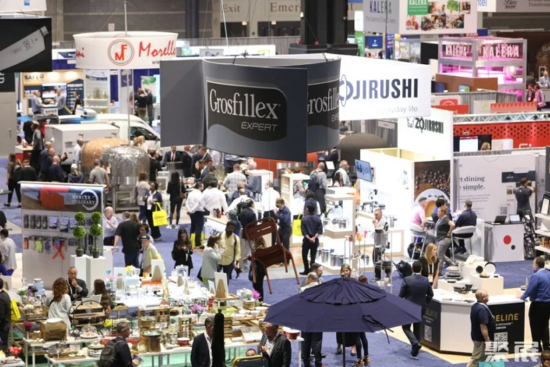
Cross-border trucking volume between the United States and Mexico hit a new high in September. Ahead of the November presidential election, trade between the two North American powerhouses increased by 52% and 30% year-on-year in September alone.
Also read: Trucking industry makes slight progress, but full recovery still elusive
The first seasonal restocking rush is in preparation for Halloween. With major chains like Lowe’s and Home Depot preparing holiday decorations for Thanksgiving and Christmas soon, supply chain stability is now more important than cost savings. This has led retailers to abandon timely, low-inventory replenishment in order to increase stability and reduce volatility.
Chinese companies with manufacturing centers in Mexico have contributed to the trucking boom. The tariffs imposed by former President Donald Trump in 2018 led to many Chinese companies locating in Mexico to avoid costly import duties. While technically legal, Biden and the former Trump administration expressed frustration with this “back door” into the United States. For retailers, however, the large supply imported from China helps keep inventories stable during peak demand periods, particularly in perishable items such as food.
If Trump wins in November, he has pledged to renegotiate the United States-Mexico-Canada Agreement (USMCA). Tariffs are now bipartisan, with Trump campaigning for 20% tariffs on goods from every country. China, in particular, may be subject to tariffs of 60% to 100%. A Trump victory could lead to massive imports before he is sworn in.
Uber Freight is one of many companies benefiting from freight growth. The transportation segment grew 77% year over year and remained operational at approximately 75% of Mexico’s customs ports.
Regardless of who occupies the White House, nearshoring is likely to continue, and China will try to avoid costly tariffs. However, despite a booming trucking trade, the entire U.S. trucking industry is mired in stagnant freight prices in a challenging 2024. Long-term growth forecasts remain optimistic, but are not expected to occur until the end of 2025.











Leave a Reply Cancel reply
You must be logged in to post a comment.